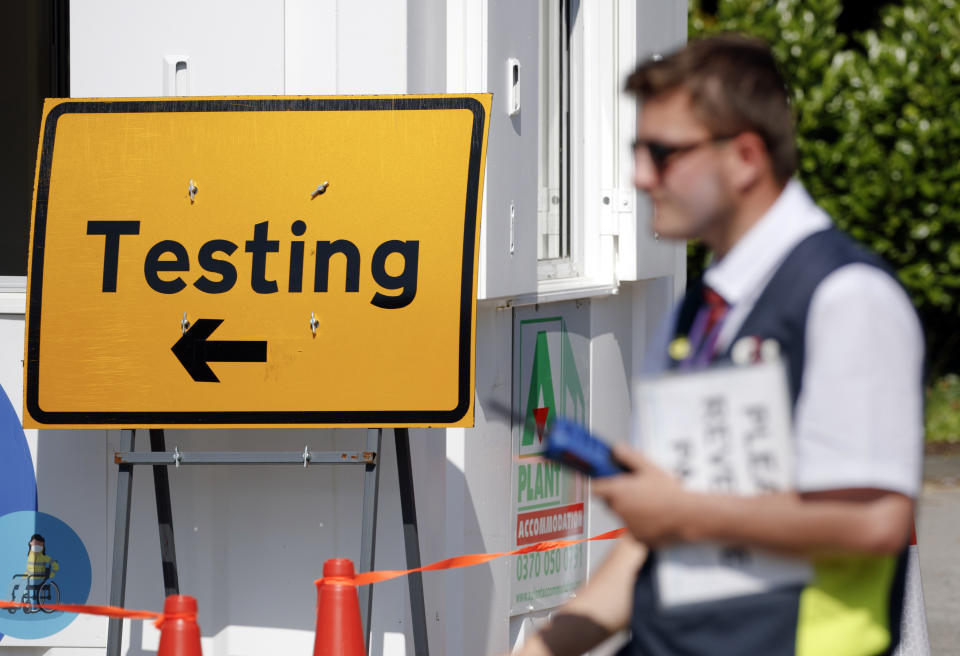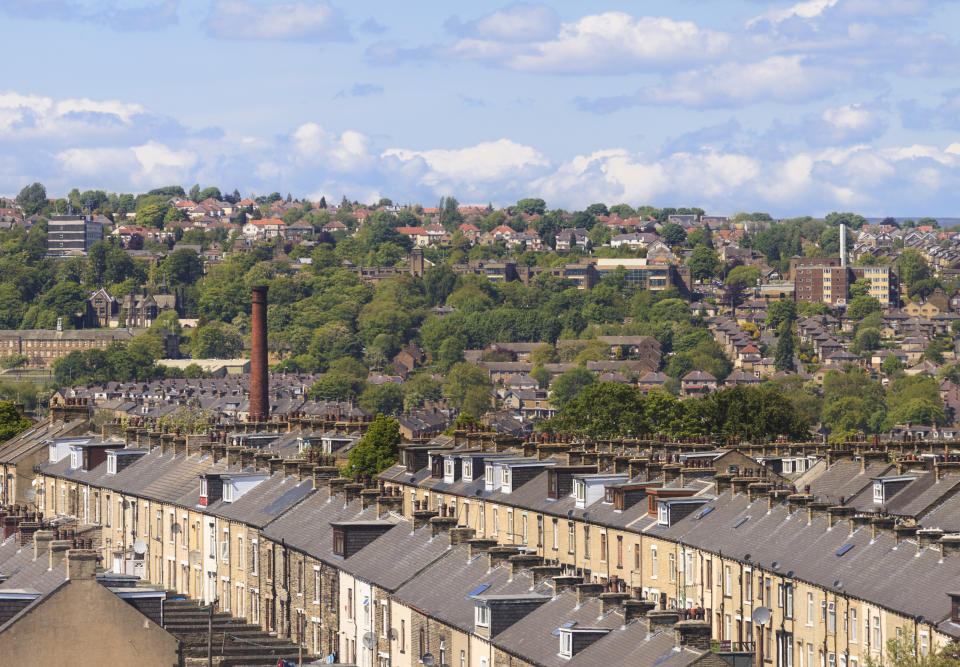The area with the worst Test and Trace numbers – and the second highest infection rate


Bradford has the worst contact tracing in England with just 42% of people being reached, behind the national average of 69%.
The Yorkshire city also has the second-highest rate of infection in the country at 78.4 cases per 100,000, behind Bolton’s which has 131.1.
According to new figures from the Department of Health and Social Care, 69.2% of close contacts of people who tested positive for COVID-19 in England were reached through the Test and Trace system in the week ending September 2.
This is down slightly from 69.8% in the previous week and is the lowest weekly percentage since Test and Trace was launched in May.
Watch: Yahoo UK’s Health Correspondent, Alexandra Thompson explain how coronavirus is treated
Other places with low contact rates are Peterborough with 46%, Blackburn with Darwen the figure is 48%, and for Kirklees and Nottingham the figure is 49%.
The numbers are well short of the government’s target of 80%, which Test and Trace has struggled to ever reach.
Contact tracing is considered vital to help stop the spread of the virus with the prime minister making it a legal requirement that pubs and restaurants take people’s details on Wednesday.
The new requirements were announced alongside enhance coronavirus measures which made gatherings of six or more people illegal and enhanced the powers of the police to enforce the rules.
The announcement was in response to a steep rise in coronavirus numbers of the past few days, with 2,919 new cases being announced on Thursday – the fifth day in a row the numbers were about 2,000.
Read more: Cambridge University offers weekly COVID-19 tests to all students living on campus

Local health protection teams run by councils and regional authorities continue to be far better at reaching people compared to the nationwide call centres run by businesses hired by the government.
For cases handled by local health protection teams, 96.6% of contacts were reached and asked to self-isolate in the week to 2 September.
By contrast, for those cases handled either online or by call centres, 61.3% of close contacts were reached and asked to self-isolate.
Read more: COVID marshals: What are coronavirus compliance officers and what will they do?
The head of the NHS Test and Trace system has insisted it is working, despite more missed targets and the number of close contacts being reached falling to a record low.
Despite the latest figures, Baroness Dido Harding, who is interim executive chair of the National Institute for Health Protection, said the system is working.
She said: “NHS Test and Trace is working and every week we consistently reach the majority of people testing positive and their contacts.
“We have now reached almost 360,000 people who may be at risk of unknowingly passing on the virus, helping to curb its spread.
Read more: Matt Hancock jeered as he outlines plan to get ‘closer to normal before Christmas’
“We are doing more testing for the British public than other comparable European countries and we are adding thousands more tests a day.”
But she made a plea to people without symptoms or those who have not been advised to get a test, saying: “For those who don’t have symptoms or haven’t been told they must have a test, we would please ask you to reconsider as it could be taking a test away from someone who really needs it.”
On Wednesday, health secretary Matt Hancock said there had been an increase in demand among people not eligible for tests in recent weeks.
The government has struggled to meet the rise in demand, with reports of people being told to travel hundreds of miles to secure one.
Coronavirus: what happened today
Click here to sign up to the latest news and information with our daily Catch-up newsletter

 Yahoo News
Yahoo News 